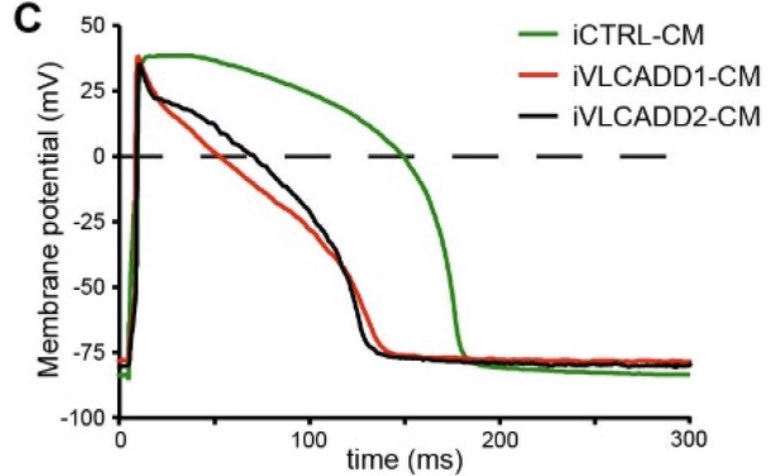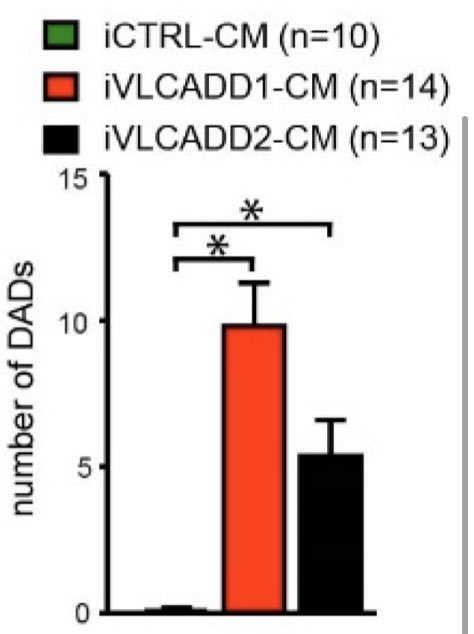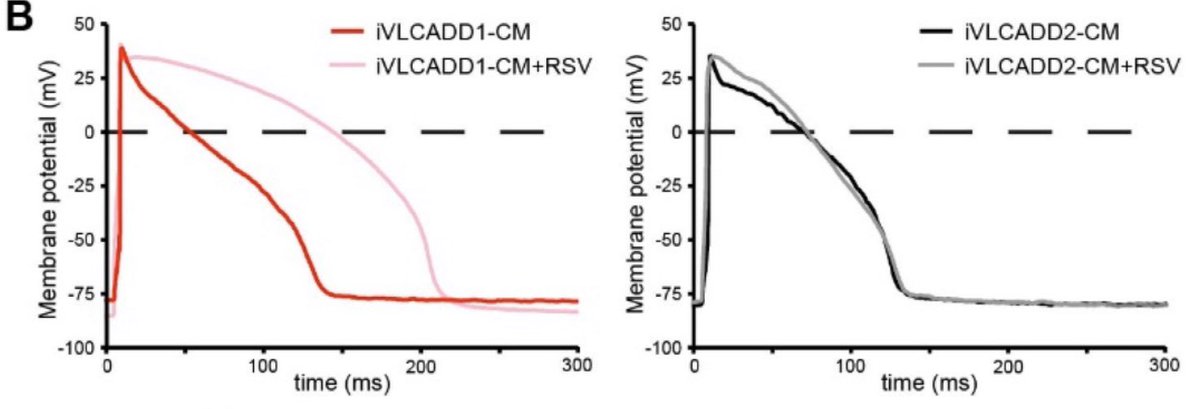Not sure what’s happening, all our papers seem to be getting accepted and appearing online at the same time... (unfortunately not at first offer...). So here’s to the next one, starring MD PhD student Suzan Knottnerus  https://abs.twimg.com/emoji/v2/... draggable="false" alt="⬇️" title="Downwards arrow" aria-label="Emoji: Downwards arrow"> https://www.mdpi.com/1422-0067/21/7/2589">https://www.mdpi.com/1422-0067...
https://abs.twimg.com/emoji/v2/... draggable="false" alt="⬇️" title="Downwards arrow" aria-label="Emoji: Downwards arrow"> https://www.mdpi.com/1422-0067/21/7/2589">https://www.mdpi.com/1422-0067...
For a long time we have a translational research line on long-chain fatty acid oxidation deficiencies. Close integration between us in the lab @amsterdamumc and clinicians and lab specialists at @UMCUtrecht. We identify biomarkers, disease mechanisms, towards therapy
We also work with @Stofwissel_VKS, @Metakids and other organizations to reach patients and their families.
For this study we looked into electrophysiological alterations in iPS-derived cardiomyocytes from two patients with VLCAD deficiency. For those of you not so familiar with iPS-CM, these are beating (!) heart cells made out of skin cells  https://abs.twimg.com/emoji/v2/... draggable="false" alt="🤯" title="Exploding head" aria-label="Emoji: Exploding head">.
https://abs.twimg.com/emoji/v2/... draggable="false" alt="🤯" title="Exploding head" aria-label="Emoji: Exploding head">.
One of our patients had moderately reduced fat oxidation flux, the other patient was severely affected and had <10% fat breakdown capacity
We collaborated with @cbezzina1’s lab who can do very sophisticated electrophysiology on single cells. We found that iPS-CM from both patients had shorter action potentials. And they had rhythm disturbances called delayed afterdepolarizations (DADs)
We then tested if we could fix it. We used resveratrol, famous in the aging field for extending lifespan. It induces mitochondrial biogenesis and in some cases can boost fatty acid oxidation capacity, especially in patients with moderately reduced FAO capacity
Indeed, resveratrol treatment led to action potential prolongation to a similar duration as in control cells. Also, we saw a strong rescue of DADs and cellular calcium transients. But all happened only in patient 1, who had moderate FAO reduction...  https://abs.twimg.com/emoji/v2/... draggable="false" alt="😕" title="Confused face" aria-label="Emoji: Confused face">
https://abs.twimg.com/emoji/v2/... draggable="false" alt="😕" title="Confused face" aria-label="Emoji: Confused face">
Then one of our senior techs, Lodewijk, came up with a cool idea of “substrate reduction”: blocking FAO with etomoxir in a patient who already has low FAO. The idea is to limit fat influx into mitochondria. This doesn’t solve energy shortage but limits acylcarnitine accumulation
Quite remarkably, ETX indeed prolonged action potential, reduced DADs and calcium transients. Maybe not to the same extent as RSV, but importantly, the concept worked in cells of both patients!
Obviously the question is how this can be translated to the clinic, since etomoxir is not without danger. We don’t have a defined answer for this yet. But our study was a new step towards understanding this rare disease and towards therapy for patients.

 Read on Twitter
Read on Twitter

 " title="Indeed, resveratrol treatment led to action potential prolongation to a similar duration as in control cells. Also, we saw a strong rescue of DADs and cellular calcium transients. But all happened only in patient 1, who had moderate FAO reduction... https://abs.twimg.com/emoji/v2/... draggable="false" alt="😕" title="Confused face" aria-label="Emoji: Confused face">" class="img-responsive" style="max-width:100%;"/>
" title="Indeed, resveratrol treatment led to action potential prolongation to a similar duration as in control cells. Also, we saw a strong rescue of DADs and cellular calcium transients. But all happened only in patient 1, who had moderate FAO reduction... https://abs.twimg.com/emoji/v2/... draggable="false" alt="😕" title="Confused face" aria-label="Emoji: Confused face">" class="img-responsive" style="max-width:100%;"/>



